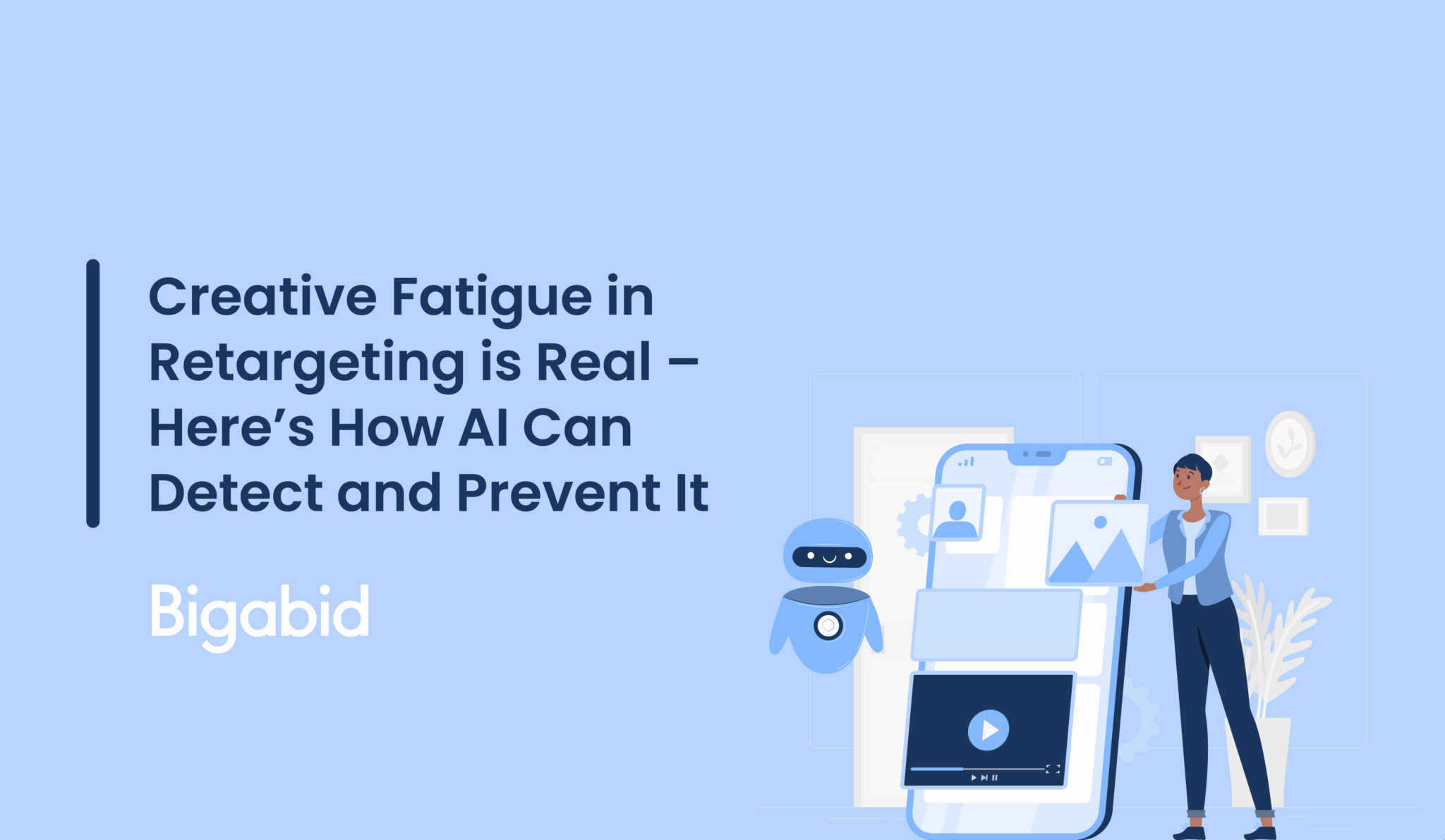
If you’re running performance marketing campaigns at scale—especially retargeting—you’ve probably felt it: the slow creep of declining CTRs, rising CPAs, and a gnawing question in your mind—“Did our best-performing creative just stop working?”
Welcome to the world of creative fatigue.
Creative fatigue isn’t just a design flaw or an unfortunate side effect. It’s a predictable, measurable phenomenon that impacts campaign performance—and fast. For mobile marketers—especially in the wake of App Tracking Transparency (ATT) and an increasingly privacy-first advertising world—creative has become one of the last major levers of optimization.
And that means fatigue is no longer something you can afford to address reactively.
The good news? AI can help you spot it, solve it, and even prevent it before your performance suffers.
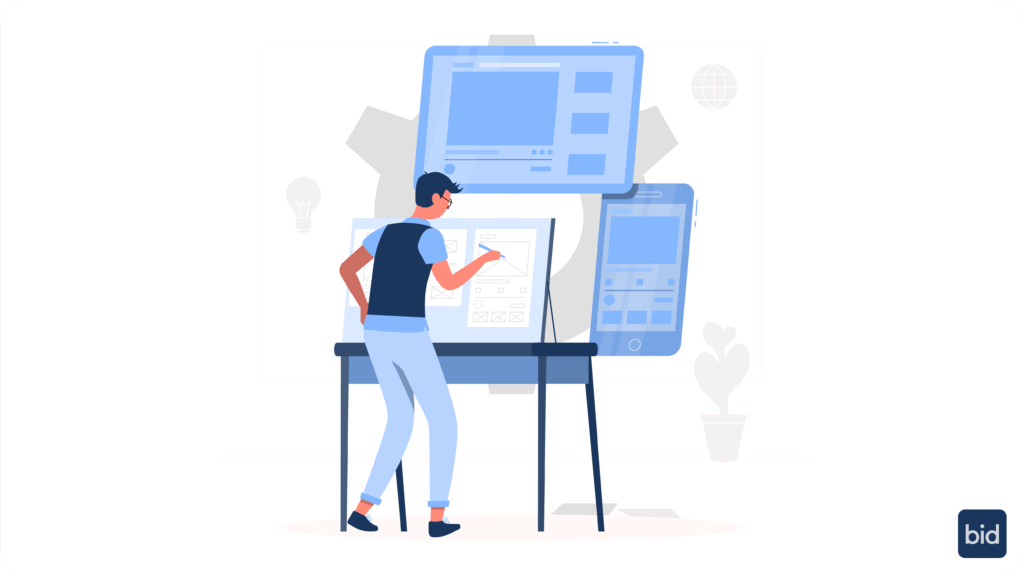
Before iOS 14.5, mobile marketers had access to a broad range of signals for targeting and personalization. But signal loss across networks has narrowed the field. What’s left standing as a consistent, high-impact performance driver? Creative.
At Bigabid, we’ve seen firsthand how creative plays a significant role in campaign performance, especially in the evolving landscape of mobile advertising. This isn’t just a hunch—it reflects a broader shift driven by changes like ATT and the ongoing evolution of SKAN.
In a high-frequency retargeting environment, users may see the same ad 5–10 times per day. If that ad doesn’t evolve—visually, contextually, or emotionally—fatigue sets in fast.
And the signs are painful:
It’s not just a problem; it’s an opportunity. Because teams that solve fatigue efficiently gain more from the same creative investment—and less reliance on guesswork.
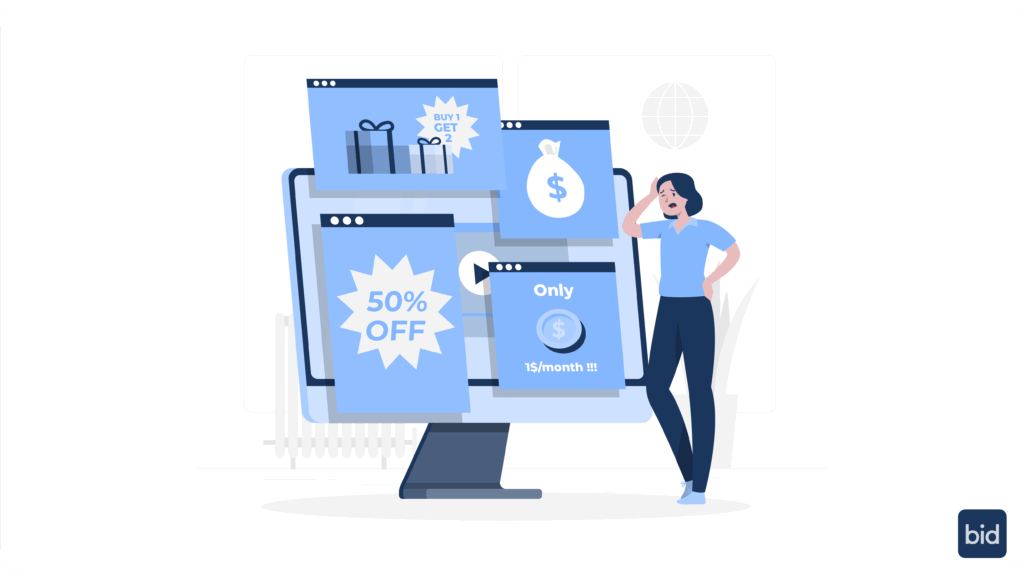
Creative fatigue happens when your target audience becomes overexposed to the same creative—or creative theme—causing it to lose novelty, effectiveness, and emotional punch.
Unlike dramatic creative flops, fatigue is subtle. It’s not one ad bombing overnight—it’s a slow, steady decline over days or weeks. By the time your analytics dashboard flashes red, you’re already behind.
Symptoms include:
Importantly, fatigue is contextual and cohort-specific. A static banner might still convert in one segment while completely falling flat in another. That’s what makes detection so difficult—and where AI gives you the edge.
You can’t optimize what you can’t see.
Traditionally, marketers notice fatigue by tracking KPI trends. But these signs often appear after the damage is done. By the time a creative is flagged as “tired,” it may have already underperformed for a week or more.
The typical sequence looks like this:
This lag doesn’t just cost you performance—it throws off other optimization logic. If your retargeting model is optimizing toward a fatigued creative, your machine learning signals degrade.
Manual detection isn’t just slow—it’s misleading.
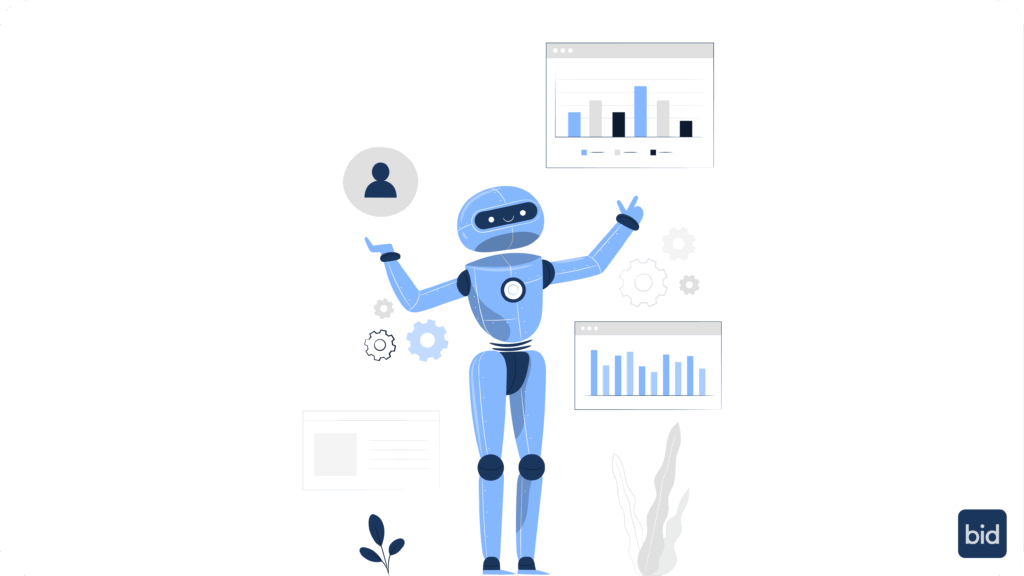
Unlike humans, AI doesn’t need to wait for full-blown performance dips. It continuously analyzes signals across thousands of data points—user segments, creative variants, placement types, and more.
At Bigabid, our AI-driven creative fatigue detection engines monitor:
For example, our system might detect that a certain creative is underperforming for high-intent Android users in Brazil—but still converting well in iOS mid-funnel audiences in North America. That’s not a detail you’d catch manually at scale.
These insights allow our platform to flag potential fatigue before it manifests visibly, giving marketers a chance to evolve—rather than scramble.
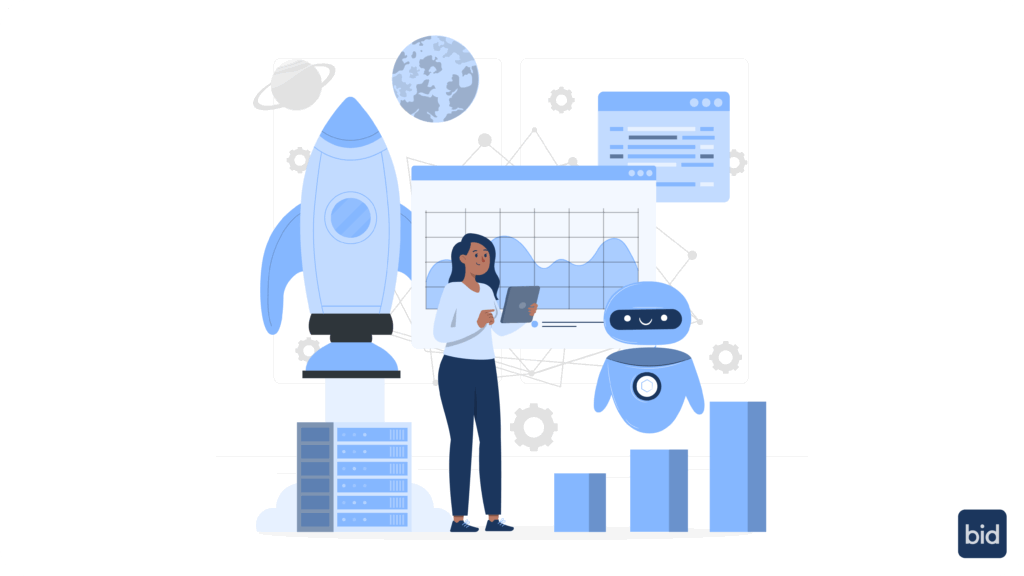
Solving creative fatigue reactively is like trying to fix a leaky pipe with a mop. You’ll spend your time cleaning up after missed opportunity. Instead, the goal is to prevent fatigue from happening by designing adaptive systems.
Here’s how Bigabid uses AI to stay ahead of fatigue:
Our machine learning models predict the lifespan of each creative before launch, based on historical campaign data, industry benchmarks, and exposure patterns. It’s not just about what’s working now—it’s about what won’t work soon.
Rather than running a static A/B test or blindly rotating in new creatives, we deploy reinforcement learning models to decide:
This creates an adaptive delivery system that’s both strategic and self-optimizing.
Each creative is scored dynamically—not just on CTR, but on context-aware variables like scroll rate, dwell time, session depth, and downstream conversion paths. This holistic scoring allows us to make smarter delivery decisions that reduce fatigue risk.
Fatigue doesn’t happen evenly. By applying deep user segmentation, we ensure that creative exposure is calibrated to audience tolerance. A high-frequency gamer may respond differently to repetition than a casual lifestyle app user.
This isn’t just data—it’s performance armor.
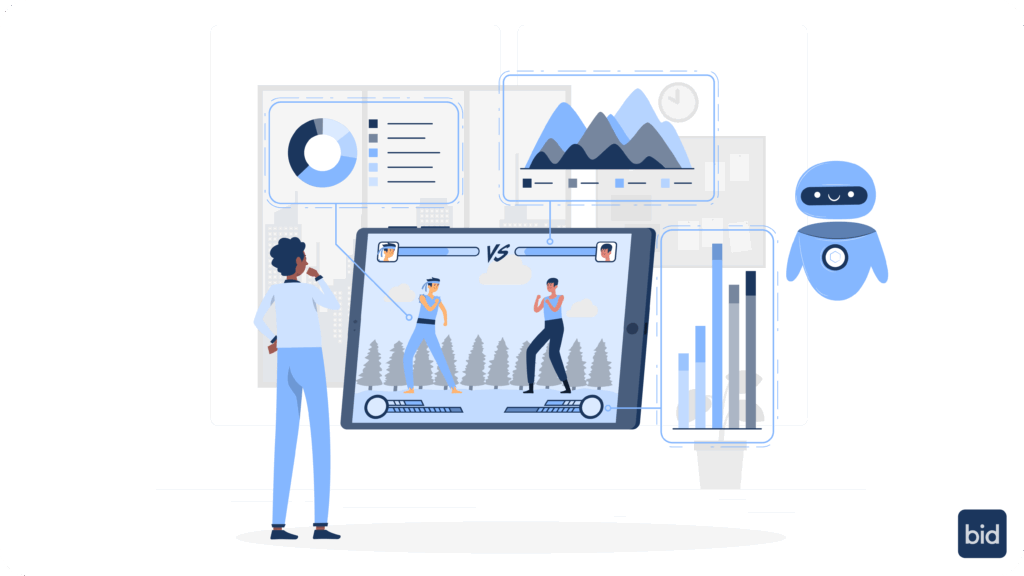
When fatigue hits, many teams overcorrect. They swap in a brand new concept, hoping for a miracle. But randomness doesn’t beat fatigue—relevance does.
At Bigabid, we don’t just rotate creatives. We evolve them.
AI helps us build creative families—modular variants with shared DNA that evolve together based on audience preferences. A new color, updated call-to-action, or adjusted tone might preserve familiarity while restoring performance.
Think of it like your favorite playlist: too much repetition dulls the experience, but the right remix can revive your attention.
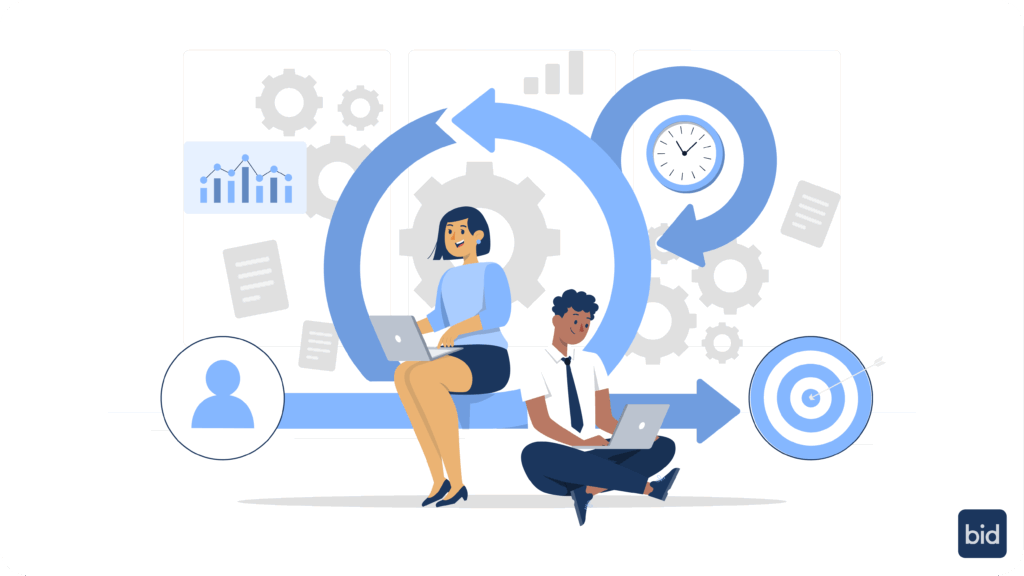
One of our biggest differentiators is what we call the closed-loop creative optimization engine.
Here’s how it works:
This isn’t a black box. Clients receive transparent reporting that shows why creative A was replaced, which segments flagged fatigue, and how new variants are performing.
It’s a system that gets smarter with every impression—and more effective with every adaptation.
Creative fatigue isn’t an occasional inconvenience—it’s a constant variable in modern mobile marketing. And if you’re running high-frequency retargeting campaigns without systems in place to detect and manage fatigue, you’re navigating with blind spots.
We’ve entered an era where creatives aren’t just assets—they’re algorithms in disguise. Each one carries performance implications that evolve over time, user, platform, and placement. What wins today may wear out tomorrow. And what underperforms in one segment may convert reliably in another.
The old model—launch, monitor, replace—no longer meets the demands of mobile-first ecosystems where competition is instant, attention is fleeting, and creative exposure is relentless.
Instead, fatigue should be seen as a feature of the system. Something to plan for, not panic over. When treated as a dynamic challenge to be optimized—rather than a surprise to be fixed—creative fatigue becomes a controllable, even predictable variable in your growth strategy.
Bigabid’s platform was built around that very principle.
We don’t just help you launch better creatives. We help you extend the life of your top performers, rotate them strategically, personalize them by audience, and—when needed—replace them surgically.
With AI handling the heavy lifting, your team can focus on strategy, ideation, and messaging, not manual troubleshooting. The result is a smarter, more adaptive creative cycle that learns as it goes, protects your media spend, and improves with every impression.
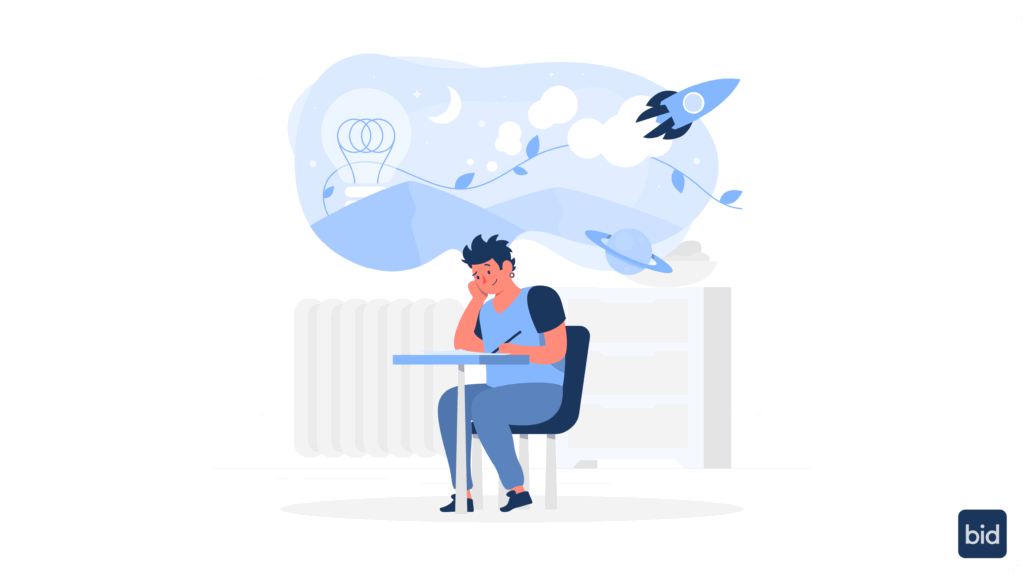
If you’re still guessing when to switch creatives, still relying on lagging KPIs to spot trouble, or still launching campaigns without a fatigue strategy—you’re not alone.
But there’s a better way.
Bigabid’s AI-powered user acquisition and retargeting platform is designed to give you the creative clarity you’ve been missing.
So if you’re ready to stop reacting and start optimizing, to stop swapping creatives and start evolving them—let’s talk.
Your best-performing creative doesn’t have to fade.
Your next campaign doesn’t have to guess.
Your brand doesn’t have to repeat itself to be recognized.
Reach out today and discover how Bigabid can help you keep your creatives fresh, your performance high, and your strategy one step ahead of fatigue.